Paddle Plant Propagation – How To Grow A Flapjack Paddle Plant
Also known as flapjack paddle plant, this kalanchoe plant is a succulent with thick, paddle-shaped leaves that frequently take on a reddish or deep pink tint during the winter.
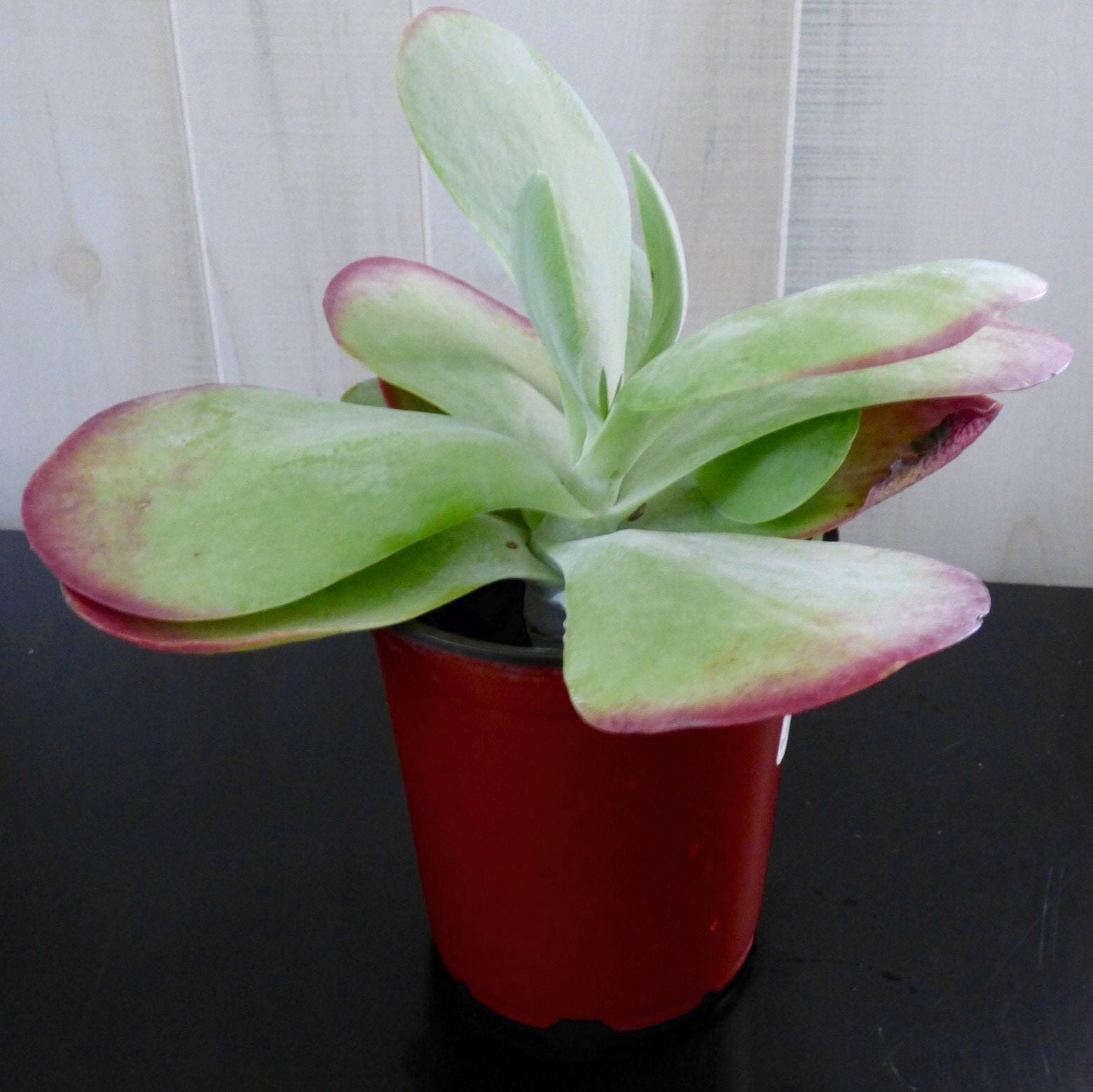

What is a paddle plant? Also known as flapjack paddle plant (Kalanchoe thyrsiflora), this succulent kalanchoe plant has with thick, rounded, paddle-shaped leaves. The plant is also known as red pancake because the leaves frequently take on a reddish or deep pink tint during the winter. Read on for tips on growing paddle plants.
How to Grow a Flapjack Paddle Plant
Growing paddle plants outdoors is possible in USDA plant hardiness zones 10 and above, but gardeners in cooler climates can grow kalanchoe as an indoor plant. Water kalanchoe only when the soil is dry. When watering indoor plants, allow the pot to drain completely before replacing the plant on its drainage saucer. Never overwater, as kalanchoe, like all succulents, is prone to rot in soggy soil.
Water kalanchoe sparingly during the winter months. Outdoors, kalanchoe plants do well in full sunlight or light shade. Indoor plants perform best in bright light. However, avoid direct light during the summer months, as too much intense light may scorch the plant. Paddle plant prefers temperatures between 60 and 85 degrees F. (16-29 C.). Avoid temperatures below 60 degrees F. (16 C). Outdoor plants require well-drained soil to prevent rotting. Indoor plants need a well-drained potting mix.
A handful of sand is helpful, or you can use a potting mix formulated specifically for cacti and succulents. Alternatively, create your own mix by combining peat moss, compost and coarse sand. Fertilize paddle plant lightly during the growing season. Withhold fertilizer during fall and watering for both indoor and outdoor plants.
Paddle Plant Propagation
The easiest way to propagate kalanchoe is to plant leaves or leaf cuttings in spring or summer. Set leaves or cuttings aside for a couple of days, or until the cut end develops a callus. You can also remove offsets that grow on the side of a mature paddle plant.
Plant the leaves or offsets in a small pot filled with lightly moistened potting mix for cacti and succulents. Keep the potting mix evenly and lightly moist but never soggy. Bright, indirect sunlight is best for paddle plant propagation. Once the plant is established and shows healthy new growth, you can treat it as a mature plant.
Gardening tips, videos, info and more delivered right to your inbox!
Sign up for the Gardening Know How newsletter today and receive a free copy of our e-book "How to Grow Delicious Tomatoes".

A Credentialed Garden Writer, Mary H. Dyer was with Gardening Know How in the very beginning, publishing articles as early as 2007.
-
 Looking For Plants To Give You The Soft And Fuzzies? Try These 5 Fuzzy Leaf Plant Options
Looking For Plants To Give You The Soft And Fuzzies? Try These 5 Fuzzy Leaf Plant OptionsLovers of texture, drama, silver foliage and tactile plants will adore these special sensory garden additions. These fuzzy leaf plant options will leave you all aglow
By Susan Albert
-
 Get Ready For A Summer Of Hummers! Grow These Full Sun Hummingbird Plants and Flowers
Get Ready For A Summer Of Hummers! Grow These Full Sun Hummingbird Plants and FlowersIf you’re lucky enough to enjoy a sunny backyard, make sure you are maxing out on your pollinator opportunities and grow these full sun hummingbird plants and flowers
By Tonya Barnett
-
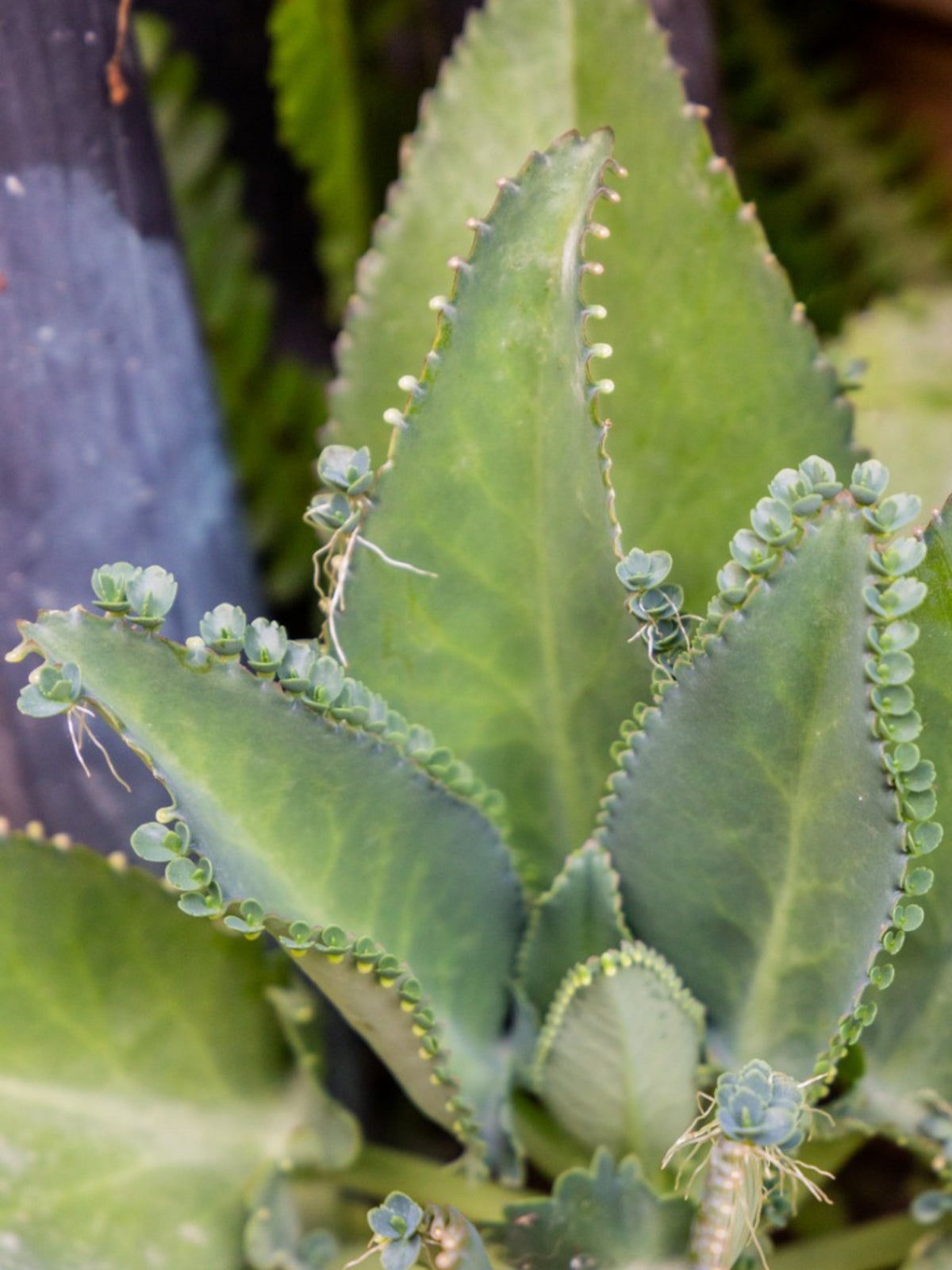 Mother Of Thousands: How To Grow This Unique Succulent
Mother Of Thousands: How To Grow This Unique SucculentThe toxic but fascinating Mother of Thousands plant can spread rapidly, making it better as a potted plant than a member of the garden.
By Bonnie Grant
-
 Chocolate Soldier Plant: Growing A Chocolate Soldier Kalanchoe
Chocolate Soldier Plant: Growing A Chocolate Soldier KalanchoeChocolate soldier succulents are elegant and often perfect, fuzzy leafed plants that most everyone tries to grow at some point. If you’re not familiar with them by this name, you may be asking what is a chocolate soldier plant? Learn more in this article.
By Becca Badgett
-
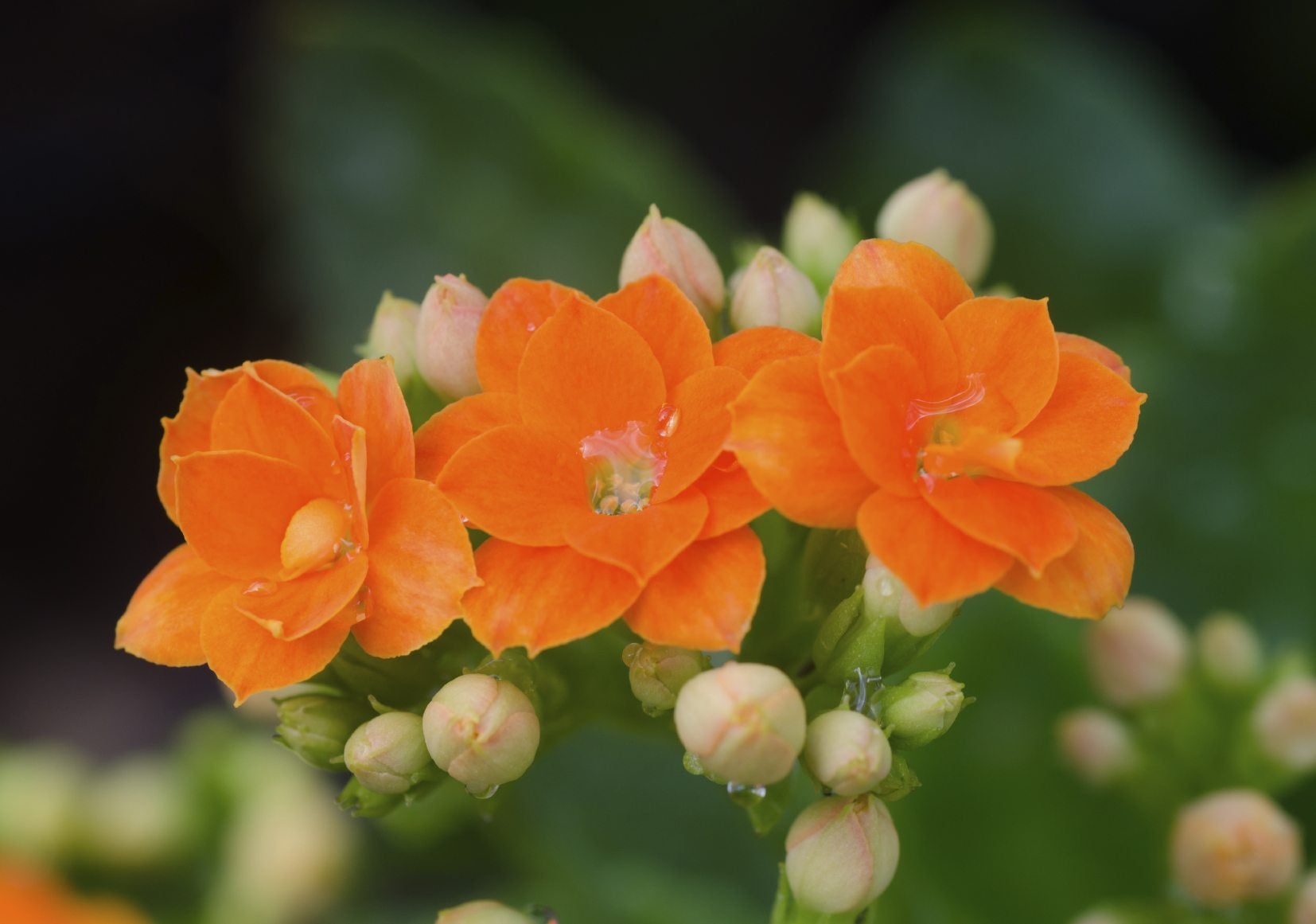 Kalanchoe Flowering: How To Make A Kalanchoe Rebloom
Kalanchoe Flowering: How To Make A Kalanchoe RebloomGetting Kalanchoe to bloom again requires a bit of a rest period for the plant, correct lighting, and some good fertilizer to fuel the process. A few tips on how to make a Kalanchoe rebloom will ensure success and this article will help.
By Bonnie L. Grant
-
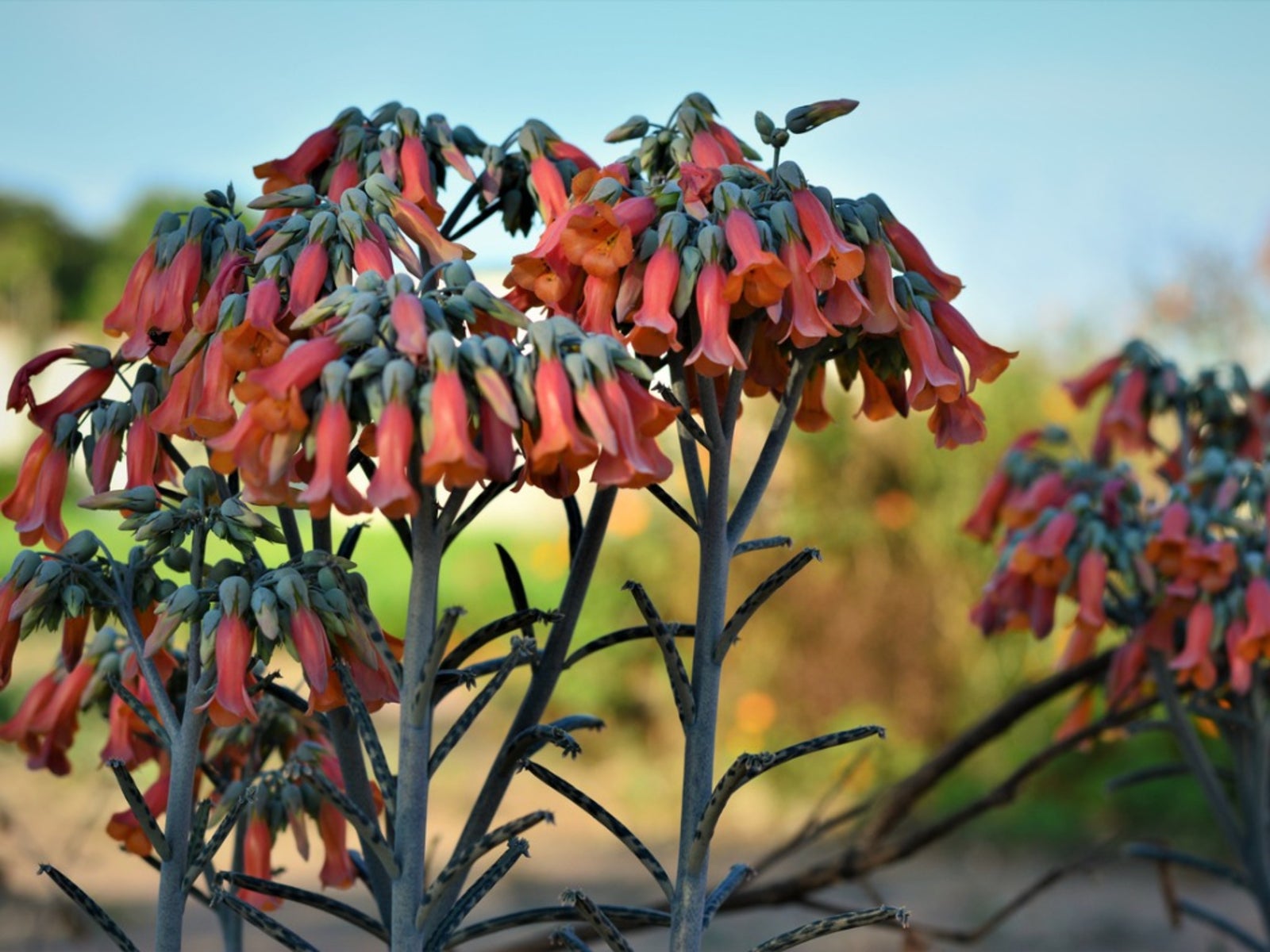 Kalanchoe Chandelier Growing: Caring For Chandelier Plants
Kalanchoe Chandelier Growing: Caring For Chandelier PlantsIt is easy to grow the Kalanchoe chandelier plant, so easy, in fact, you have to learn to control its spread as a part of its care. This article will help with that and more. Click here to get this info.
By Becca Badgett
-
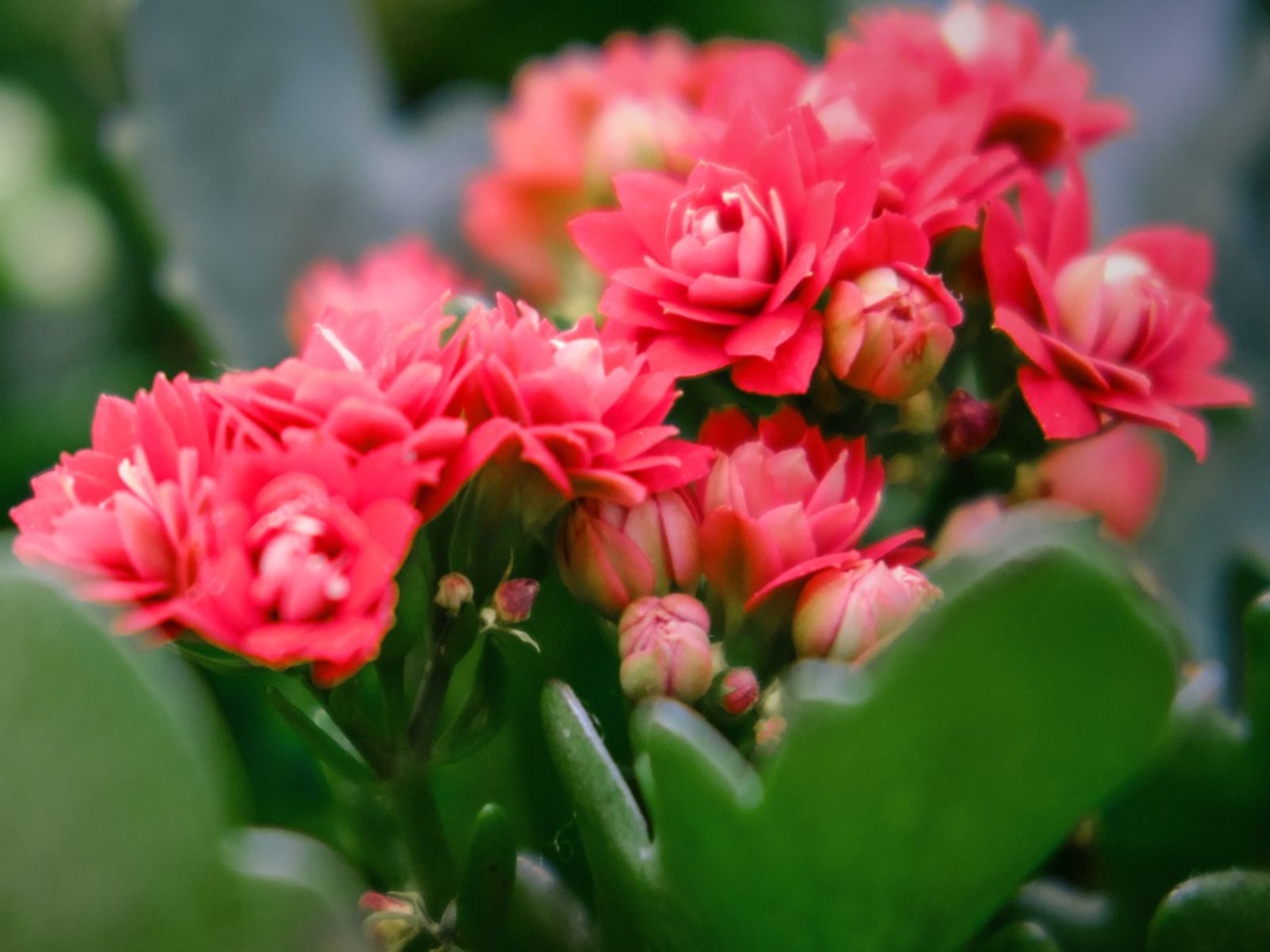 Care For Flaming Katy: Growing Flaming Katy Indoors And Out
Care For Flaming Katy: Growing Flaming Katy Indoors And OutFlaming Katy is a lovely kalanchoe to add to your succulent collection. To enjoy the “flaming” red flowers, learn all there is to know about Flaming Katy plant care.
By Bonnie L. Grant
-
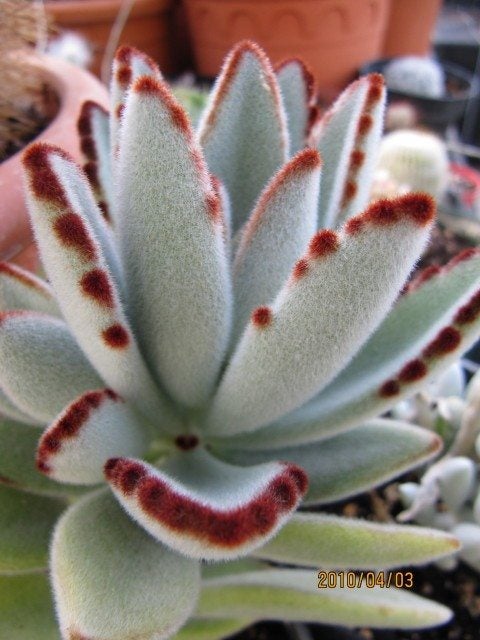 Panda Plant Care - How To Grow a Panda Plant Indoors
Panda Plant Care - How To Grow a Panda Plant IndoorsThe velvety indoor panda plant is a hardy, easy-going succulent that makes an interesting addition indoors and is often a favorite of children.
By Becca Badgett
-
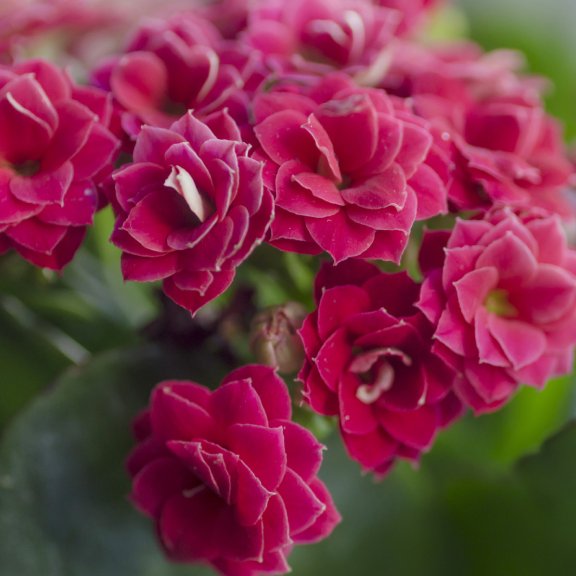 Kalanchoe: Complete Growing & Plant Care Guide
Kalanchoe: Complete Growing & Plant Care GuideKalanchoe plants are thick leaved succulents that are often seen in florist shops or garden centers. Most end up as potted plants but can be grown outdoors in suitable climes. Learn more about them in this article.
By Bonnie L. Grant